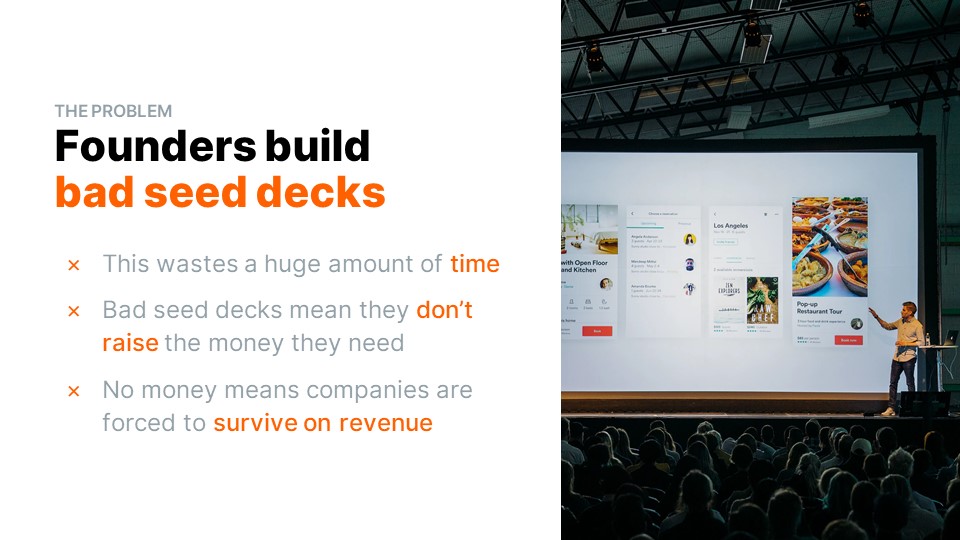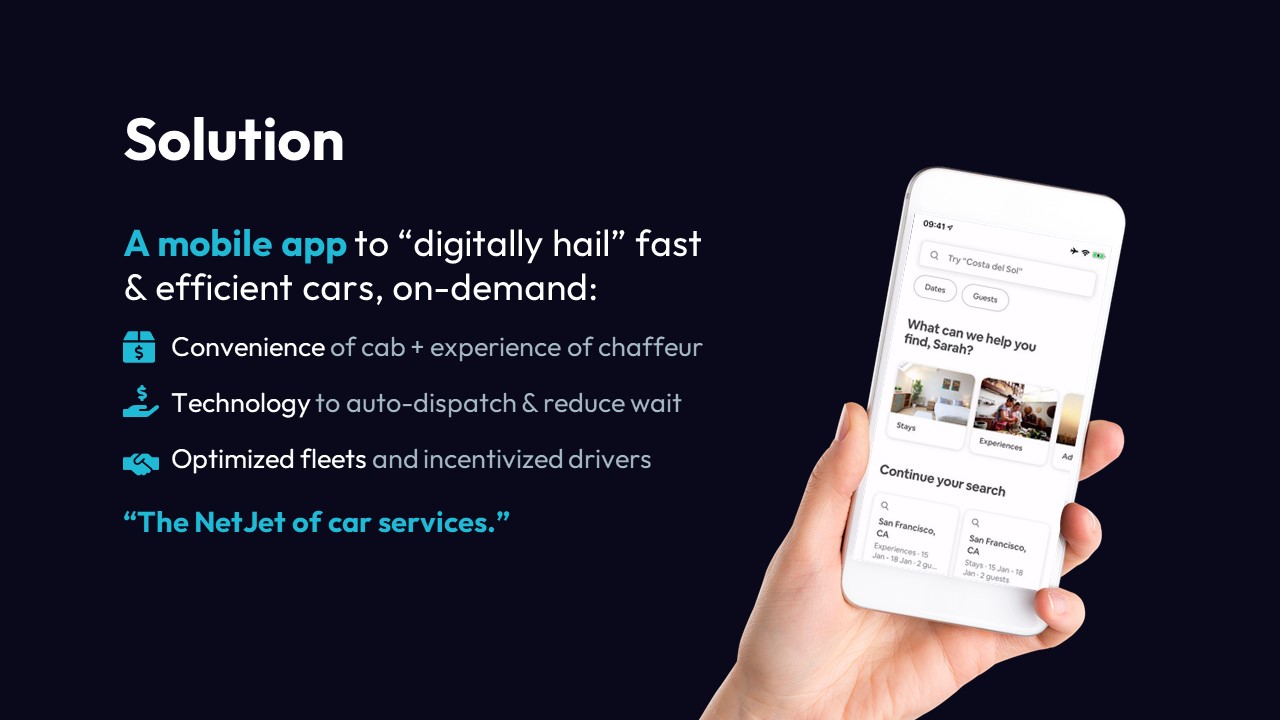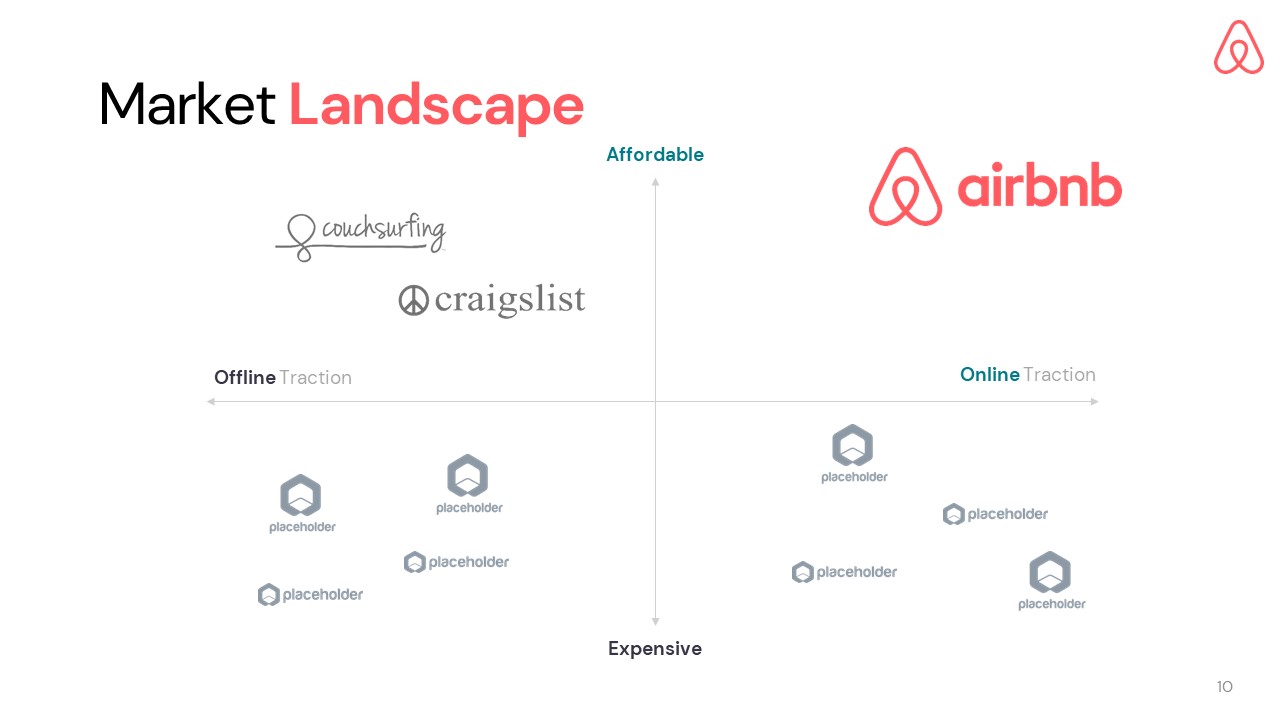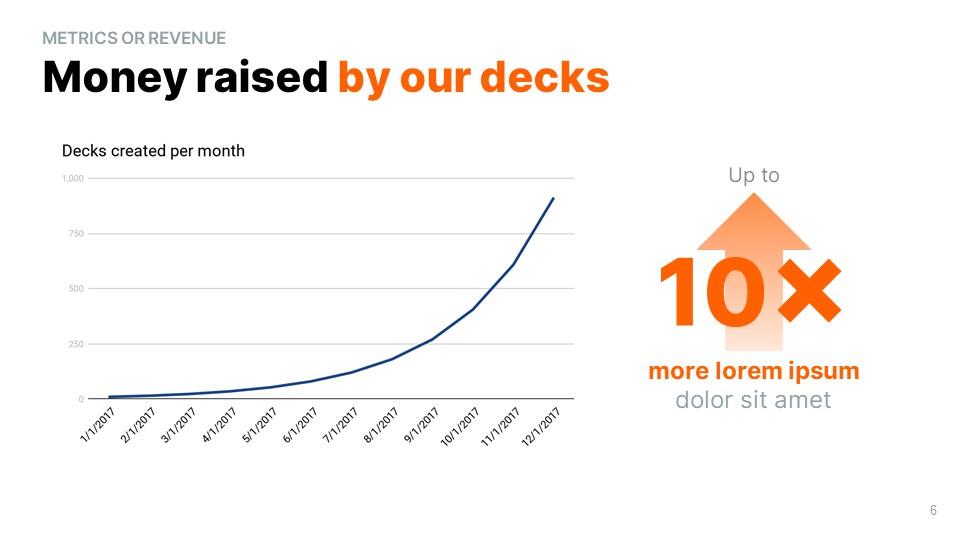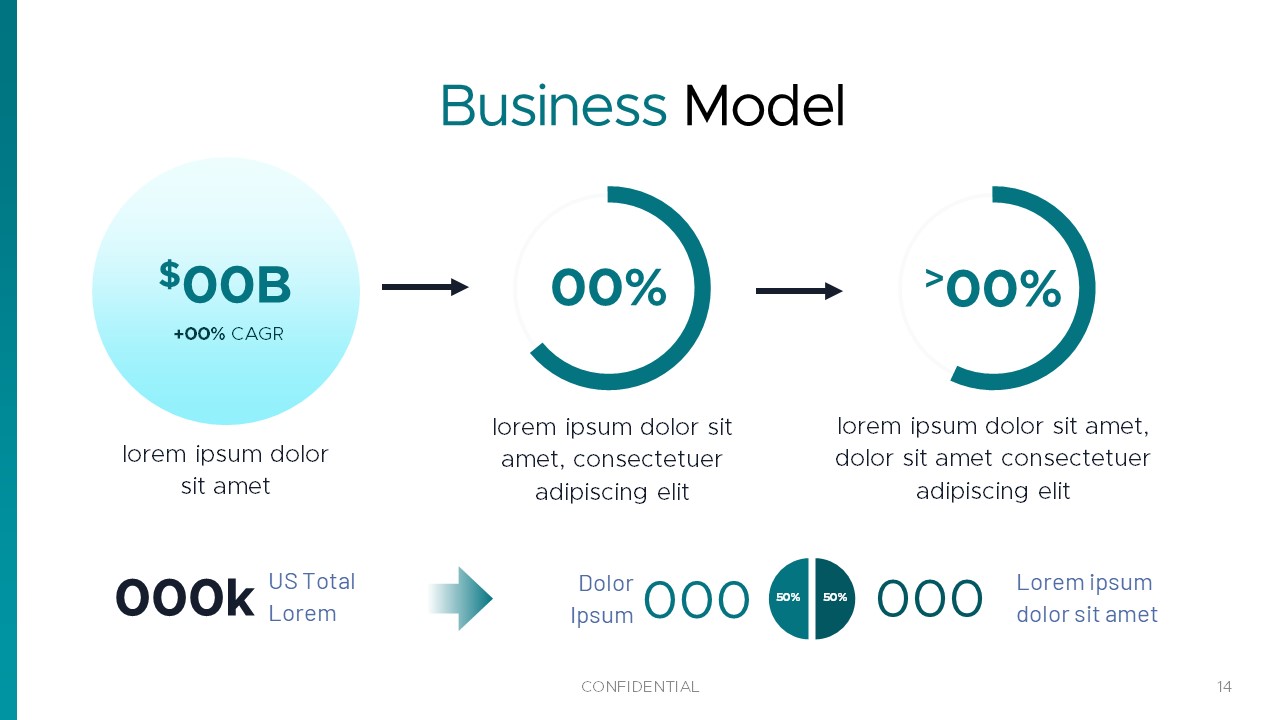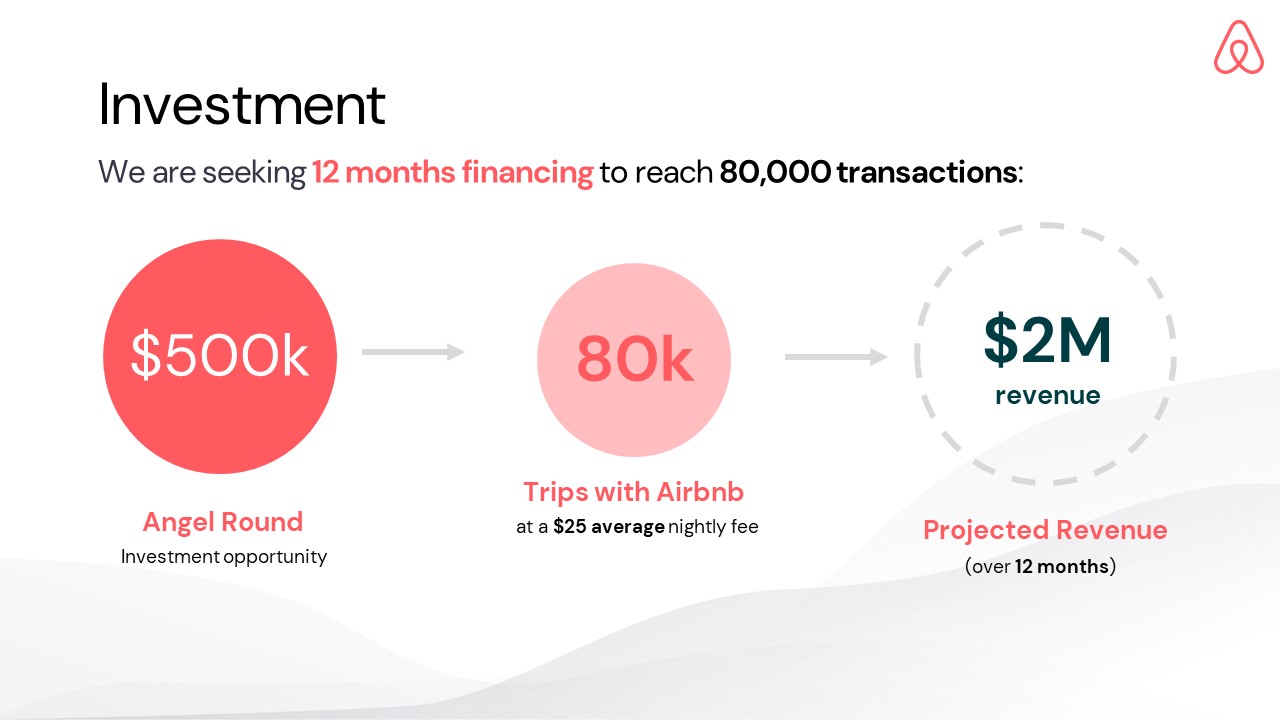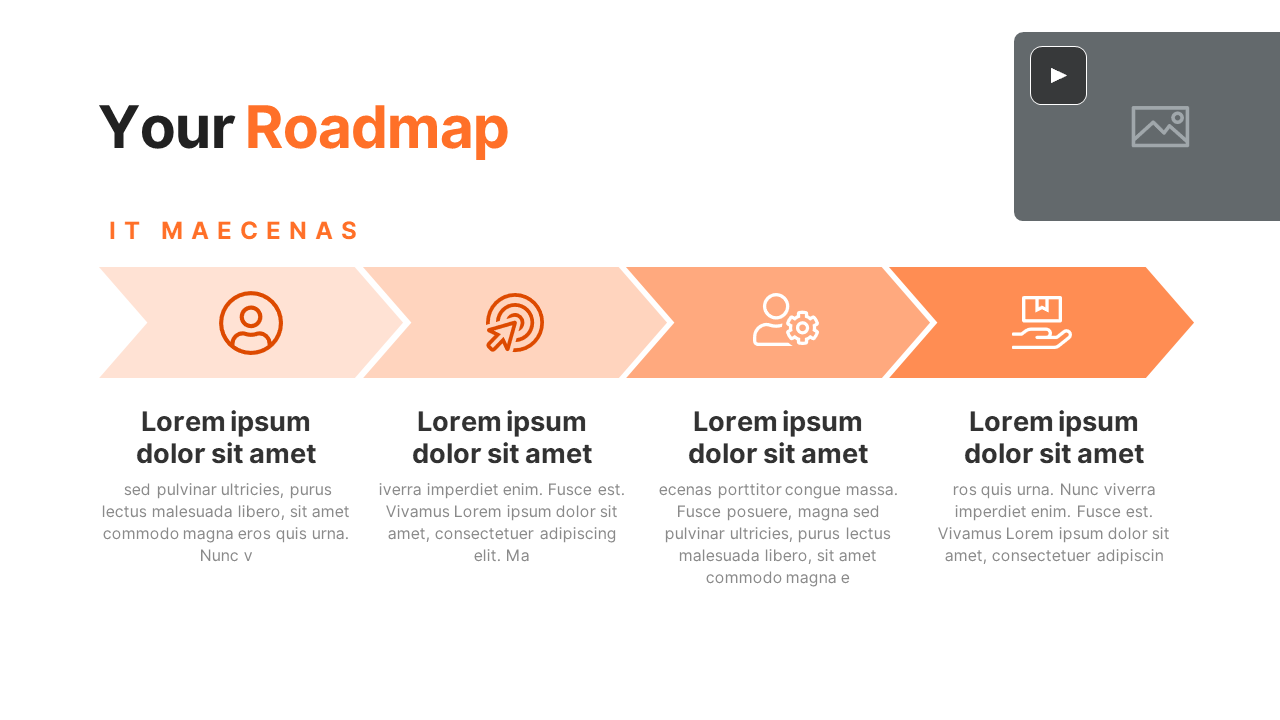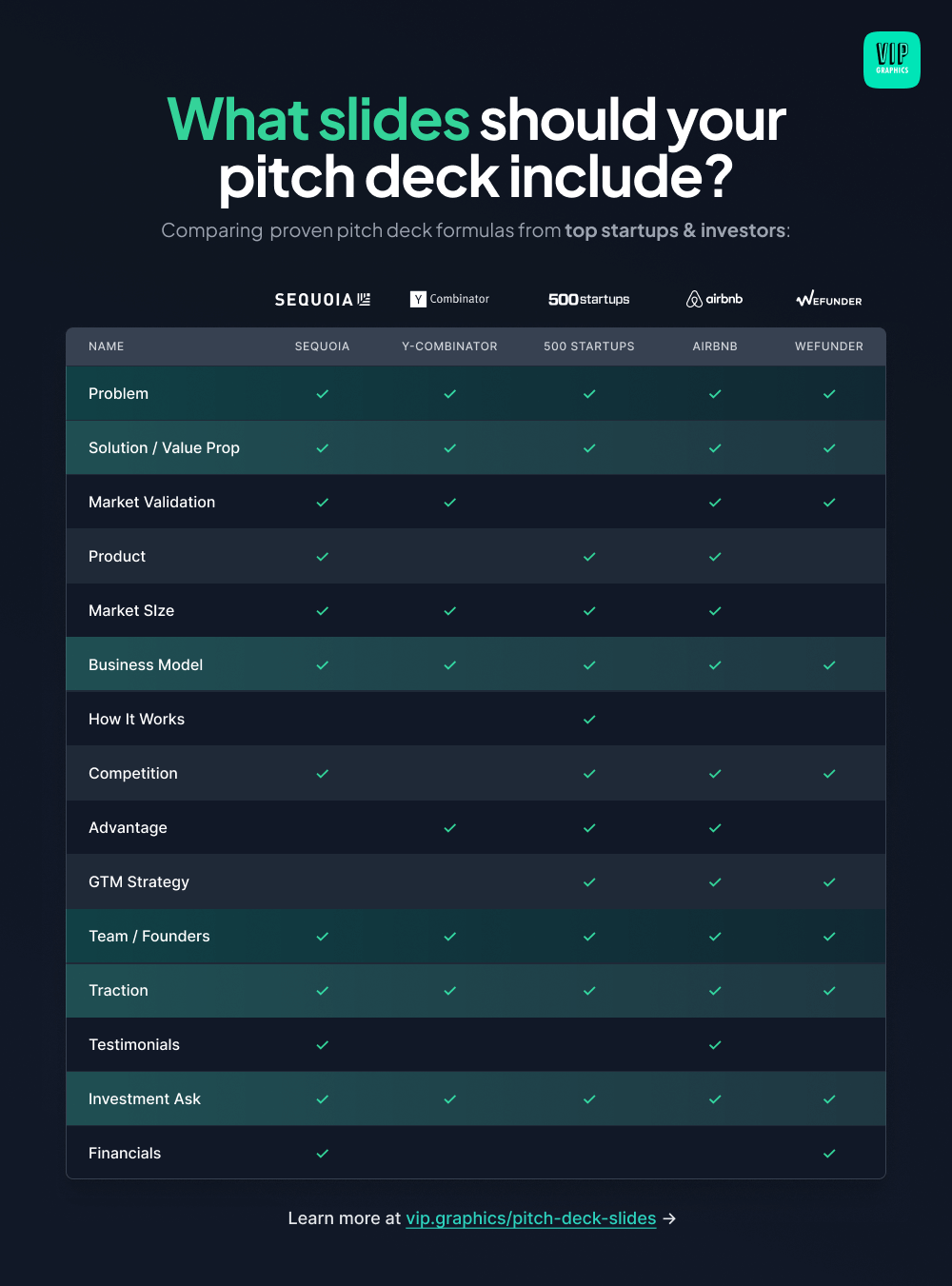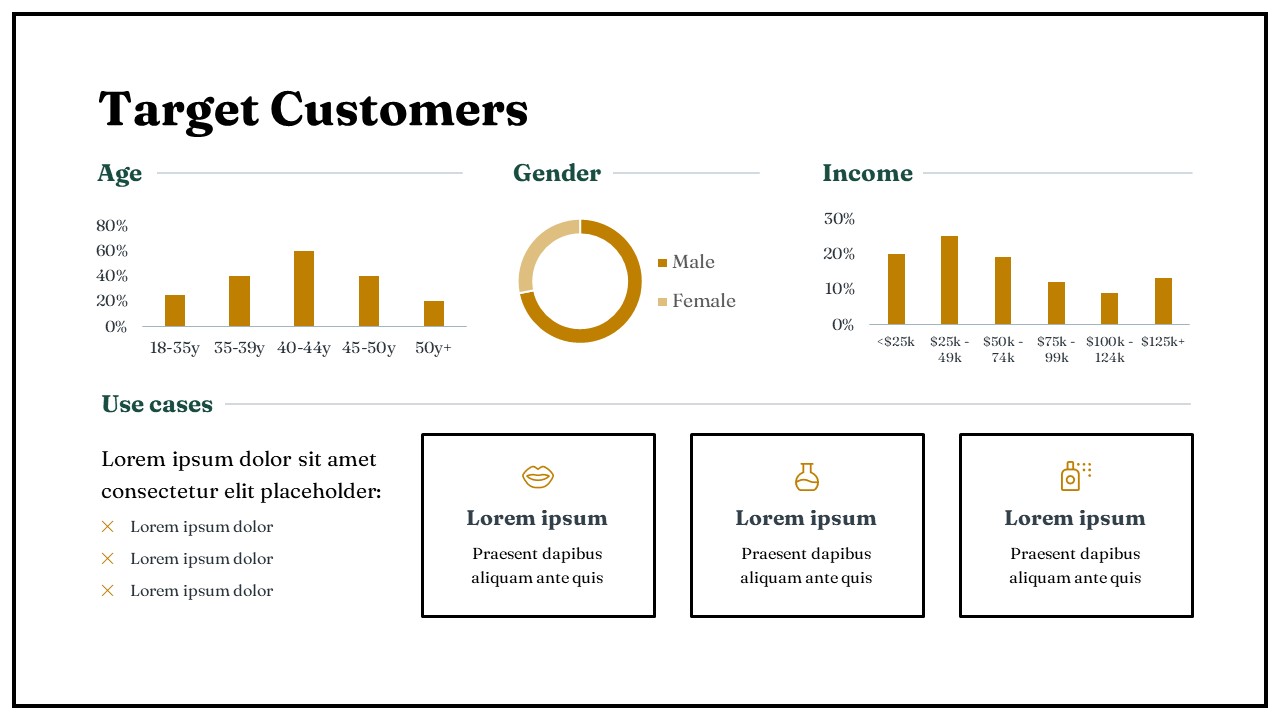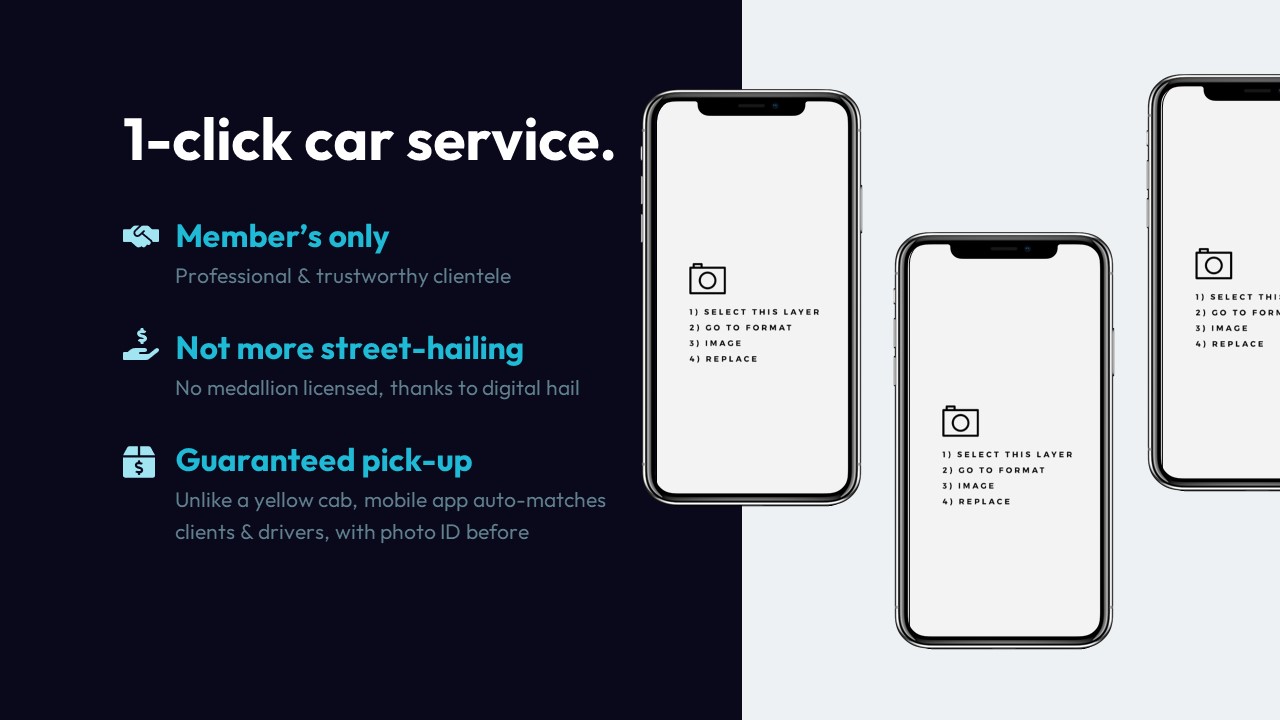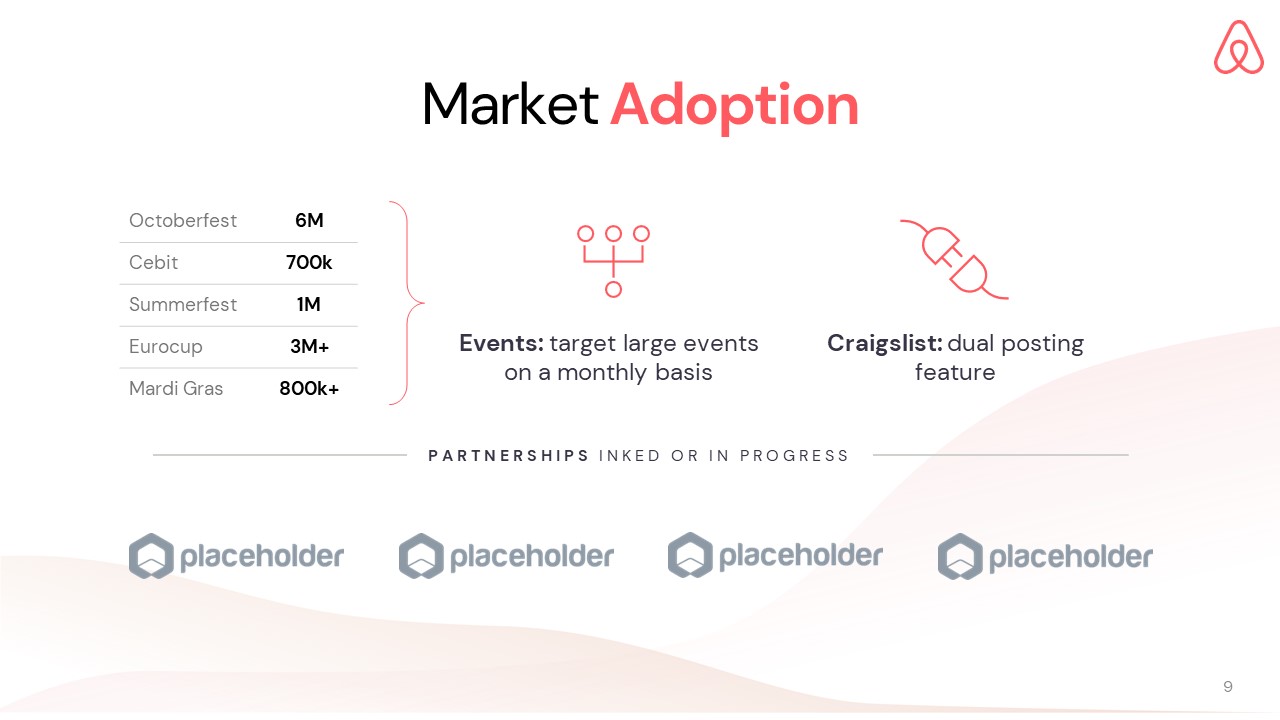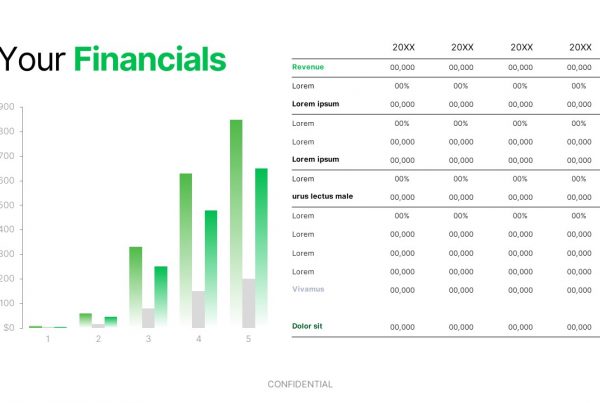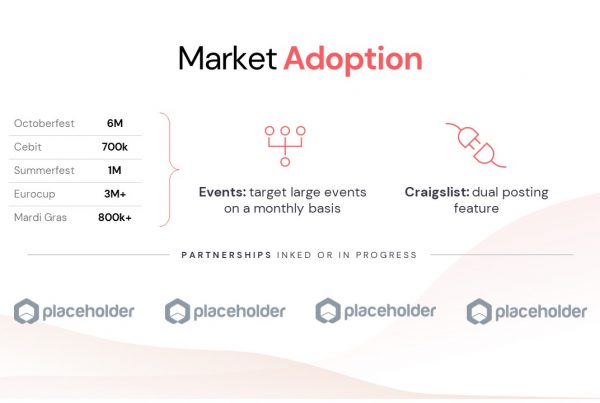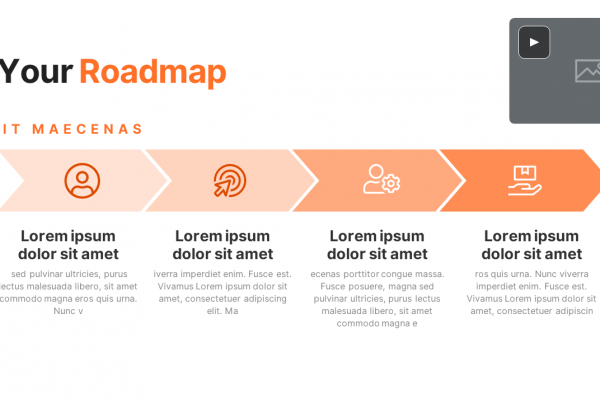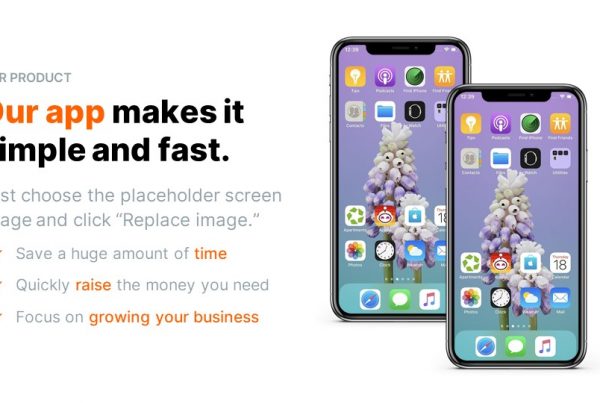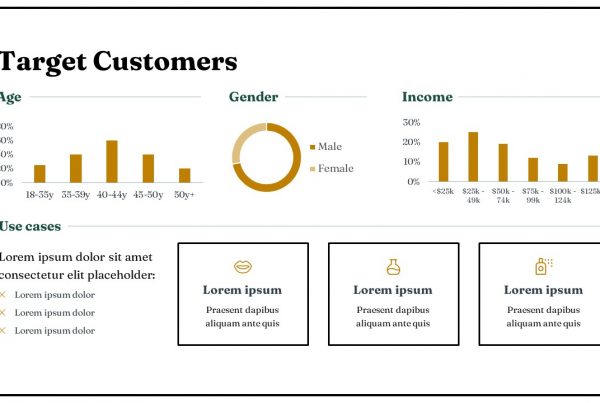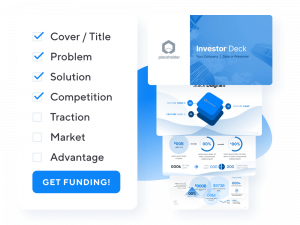
How to build winning pitch deck slides
Learn how to build a winning pitch deck with this step-by-step guide for all the slides you should include in a successful investor presentation.
A pitch deck is a collection of slides, usually made with PowerPoint, Keynote, or any other software, that gives your audience a high-level overview of your business idea. As the name implies, the purpose of a pitch deck is to pitch your ideas to potential investors, customers, partners, and co-founder. The best pitch decks can function as both a “presenter” deck (meant to accompany an oral pitch) or “reader deck” (something that investors can read and understand on their own). The key to a successful pitch is to address the right topics in your deck:
Why do you need a pitch deck to explain your idea? A pitch deck is created strategically to answer all the questions the audience might have without overloading them with excessive details.
At many points in your journey as a startup founder, you will have to present your ideas to key stakeholders: creating & delivering a pitch presentation is a valuable skill that will come in handy. In this article, we will dive deeply and explain how to create a jaw-dropping pitch deck.
Investors see hundreds of pitch decks every week (5,000 per annum, on average) and the only way to stand out is to be concise and straightforward with the information they want to see. Here’s are the slides you should include in your pitch deck:
Ready to build your pitch deck?
Build your investor presentation with the pitch deck template created by the experts behind Fortune 100 companies & Y-Combinator alums – trusted by hundreds of founders.
The perfect pitch deck recipe
While there’s no one-size-fits-all formula for creating the perfect pitch deck, many successful startups have relied on proven formulas to create winning presentations. In this post, we’ll take a look at some of the most popular pitch deck formulas espoused by names like Airbnb, Sequoia, and Y-Combinator, and explore how you can adapt these strategies to create a winning pitch deck for your own startup.
As you can see in the pitch deck formula comparison infographic, there are minor differences between each recipe. However, some slides (highlighted green) are present in all recipes: it seems that top investors agree every pitch deck should include a Problem, Solution, Advantage, Business Model, Team, Traction, and Ask slide. While these pages are a “must” for any compelling pitch deck, you will likely want to include some of the other suggested slides to round out your pitch:

